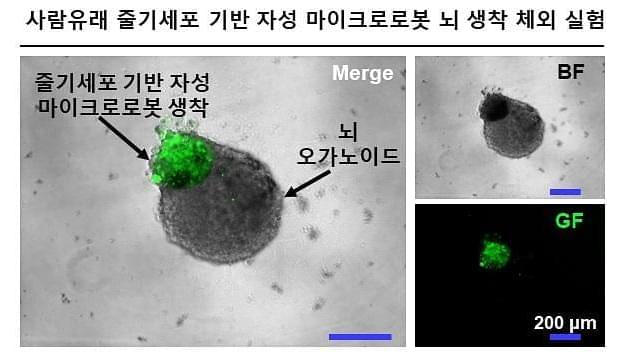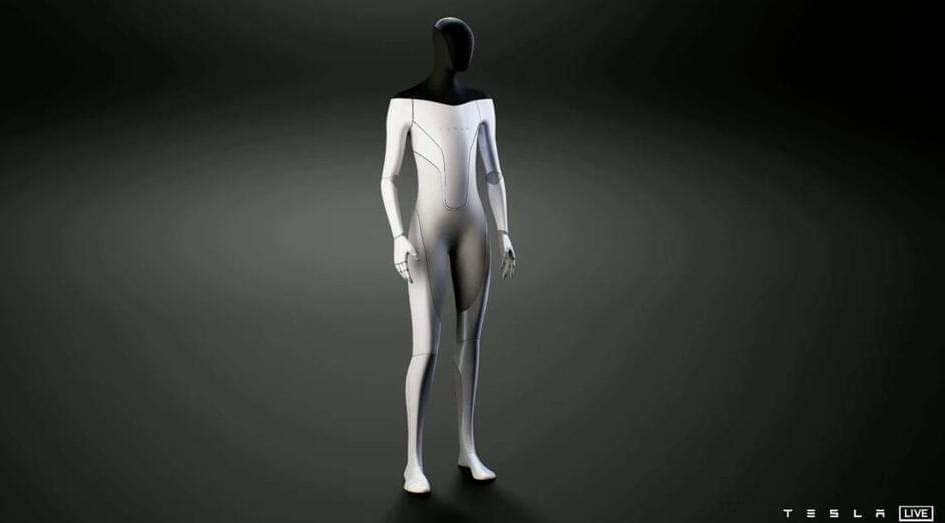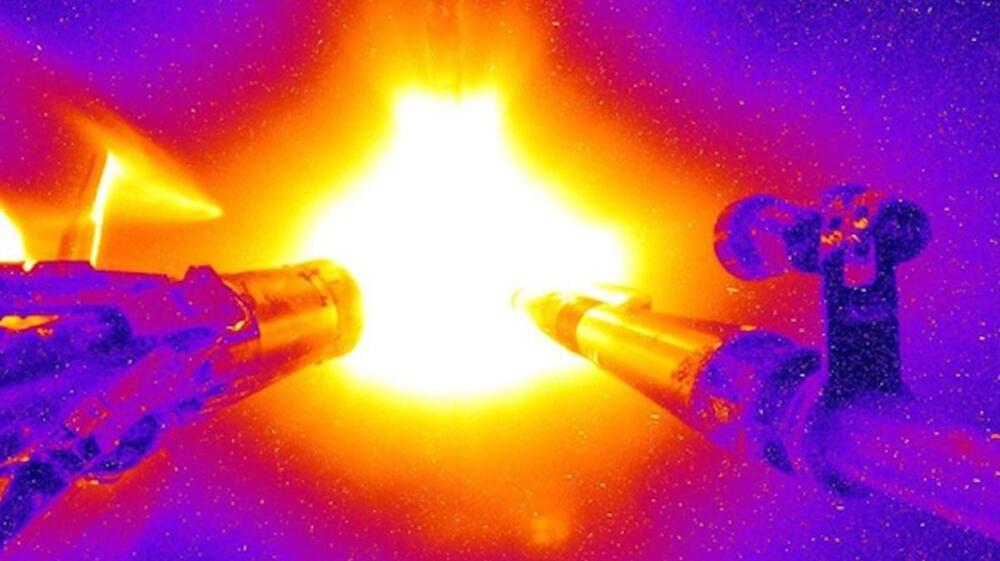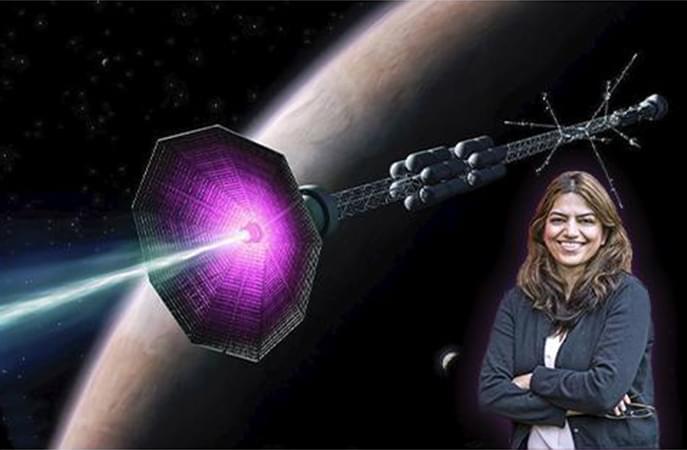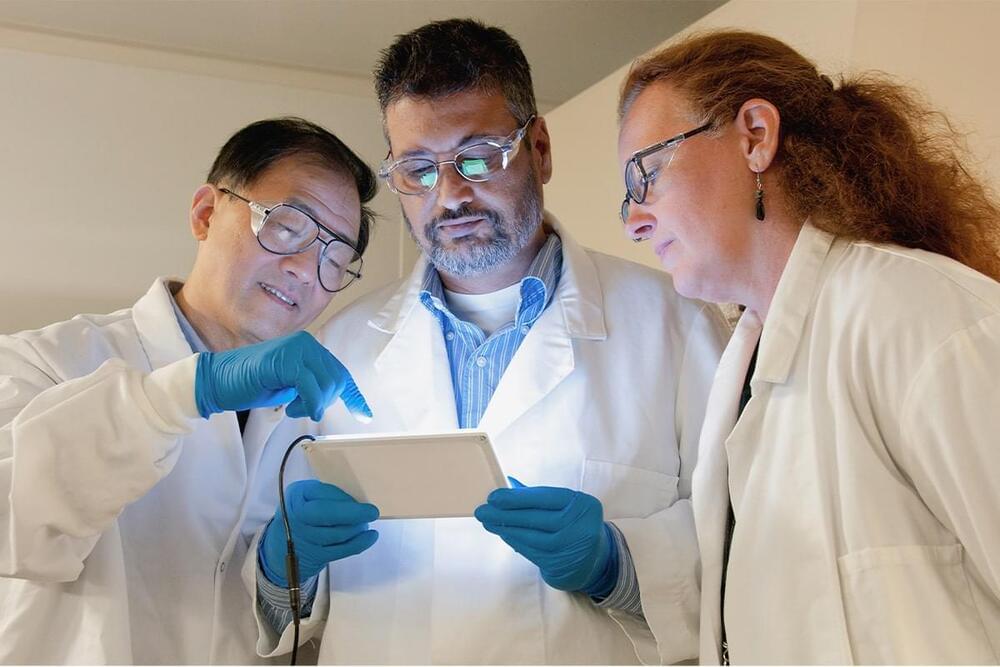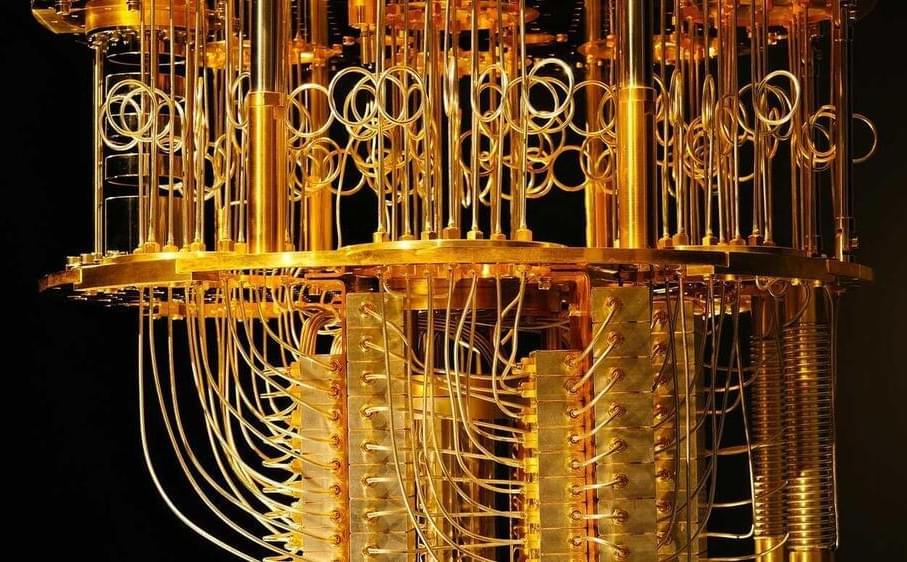The microbots are applied nasally to treat brain diseases.
Scientists have successfully guided a microbot through the nasal pathways to the brain of a mouse. If the same approach can be replicated in humans, it could be a game-changer against neurodegenerative disease, enabling doctors to deliver therapies directly to the brain.
A research team led by DGIST (the Daegu Gyeongbuk Institute of Science and Technology in South Korea) has created a microrobot propelled by magnets that can navigate the human body. The trial, published in the journal Advanced Materials, describes how they manufactured the microrobot, dubbed a Cellbot, by magnetizing stem cells extracted from the human nasal cavity. The scientists then tested the ability of the Cellbot to move through the body’s confined vessels and passages to reach its target, which it completed with ease.
DGIST said in a statement that “This approach has the potential to effectively treat central nervous system disorders in a minimally invasive manner.”
